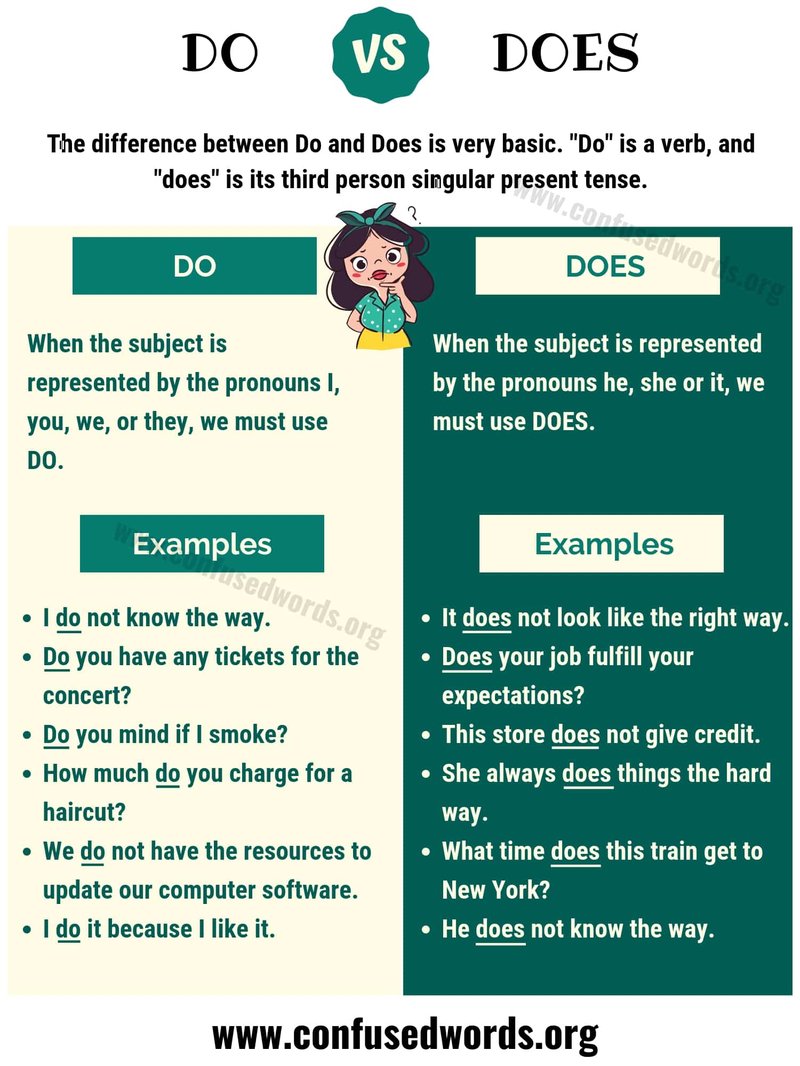
So, what exactly is this E1 code all about? In simple terms, it’s your fridge’s way of telling you something’s not quite right with its temperature sensor or thermistor. Imagine your refrigerator as a team of diligent workers, each responsible for a specific task. The thermistor is like the team’s weather expert, consistently monitoring and reporting the fridge’s internal climate. When the weather expert starts giving off strange signals, the whole team gets a little off-kilter, hence the E1 code.
Understanding Error Code E1 in Detail
You might be wondering why your refrigerator needs a temperature sensor in the first place. Well, it’s quite simple. The temperature sensor, or thermistor, is crucial because it helps your refrigerator maintain the optimal temperature to keep your food fresh and safe. Think of it as a thermostat for your home. If the thermostat isn’t working properly, your home could become uncomfortably hot or cold. Similarly, if the thermistor in your fridge isn’t functioning as it should, your refrigerator can’t accurately adjust its cooling system, which could lead to spoiled food or energy inefficiency.
When an E1 error pops up, it’s a signal that something’s off with this critical component. This could mean the thermistor is malfunctioning, has become disconnected, or is simply faulty. It’s like when you receive a garbled message from a friend, and you’re left trying to piece together what they really meant. The E1 error is your fridge’s way of saying, “Hey, my temperature readings aren’t making sense!” It’s essential to address this issue promptly to avoid further complications.
In some cases, the problem might be as simple as a loose connection that can be easily fixed. However, other times it might require a replacement part or professional assistance. It’s important not to ignore the error, as doing so could result in inefficient cooling, leading to higher electricity bills and potentially spoiling your favorite foods.
Common Causes of Error Code E1
Now, you might be curious about what causes this pesky error. Several factors could lead to the E1 code displaying on your refrigerator, ranging from minor hiccups to more serious issues. First off, let’s talk about the simplest explanation: a power glitch. Just like when your computer acts up after a power surge and needs a restart, sometimes your fridge’s system just needs a little reset to clear up any temporary issues.
Another common cause could be a faulty or worn-out thermistor. Over time, components wear down, and your trusty thermistor is no exception. It could be that it has simply reached the end of its lifespan and needs replacing. In this case, you might need a new thermistor to restore the fridge to its optimal performance.
Finally, there could be issues with the wiring or connectors that link the thermistor to the fridge’s main control board. Imagine if your stereo had a loose wire, causing it to play music only sporadically. Similarly, a loose or damaged wire can interfere with the proper functioning of the thermistor, leading to that frustrating E1 code.
What to Do When You See Error Code E1
Alright, so you’ve spotted the E1 code on your Frigidaire refrigerator, and now you’re wondering what to do. First, don’t panic. Just like having a first-aid kit ready at home, there are a few troubleshooting steps you can take to potentially resolve the issue yourself.
Start by resetting your fridge. Simply unplug it from the power outlet, wait about five minutes, and then plug it back in. This process can sometimes clear any temporary glitches in the system. It’s kind of like restarting your phone when it gets a bit buggy—it might just do the trick.
If the reset doesn’t work, it’s time to check the connections. Ensure that the thermistor and its wires are securely connected to the control board. Be gentle, like you’re handling a delicate piece of art. If everything seems to be in place, but the problem persists, the thermistor itself might be at fault and in need of replacement. At this point, consulting the refrigerator’s manual or reaching out to a professional technician would be wise.
Preventative Measures and Tips
You might be wondering how to avoid this E1 code in the future. The key is regular maintenance and care. Just like you would with a car, keeping your refrigerator in tip-top shape can prevent many problems before they arise. Regularly cleaning the coils and ensuring nothing is blocking the vents can help your fridge run efficiently.
Also, be mindful of the temperature settings. Avoid consistently opening the fridge door for long periods, as this can throw off the internal climate, much like leaving your car door open on a cold winter’s day. Keeping an eye on these simple habits can make a big difference.
In conclusion, when you see an E1 error code, it’s your refrigerator’s way of signaling for help. By understanding what it means and knowing the steps to take, you can ensure your Frigidaire refrigerator continues to hum along smoothly, keeping your food fresh and your energy bills low. If in doubt, don’t hesitate to call in a professional to keep your fridge performing at its best.
